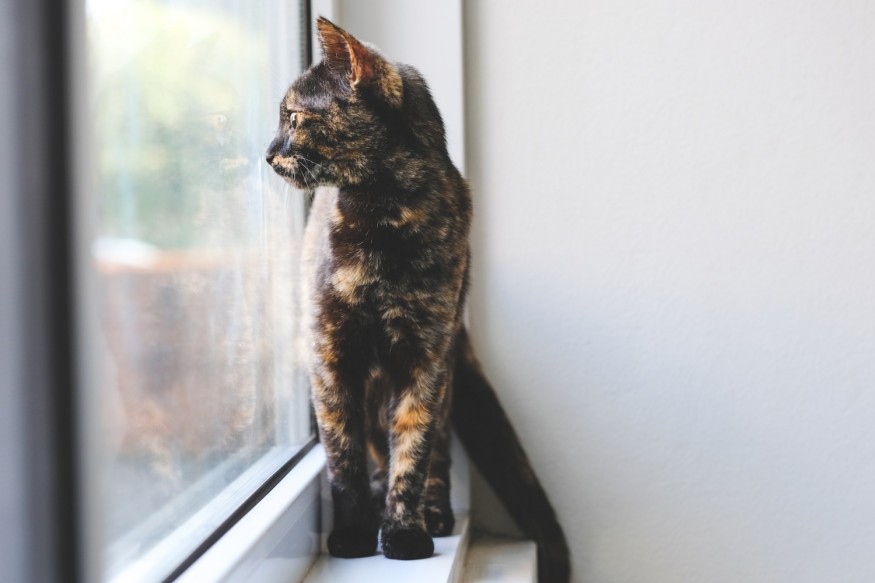
Officials in Australia are tackling the feral cat problem with new regulations, which may require pet owners to adhere to a rigorous curfew for their feline pets.
Pet Owners vs. Feral Cat Problem
According to new regulations that the federal government is considering, cat owners may not be allowed to let their pets outside.
This Monday, Tanya Plibersek, the environment minister, presented new regulations to safeguard native wildlife, which are gravely threatened by both domestic and wild cats.
On Thursday, the government made its suggested strategy to deal with the cat issue available for public comment. It involves granting authority to councils across Australia to forbid cats from going outside altogether or to put nighttime curfews on them.
New Restrictions and Fines
If people break the regulations or reside close to conservation areas, local governments may even completely ban cat ownership in addition to enforcing the rules with steep fines.
One of the main causes of the extinction of 20 of the 29 native mammal species in Australia since settlement, according to Professor Sarah Legge, who participated in the plan, cats are one of the biggest risks to the country's native biodiversity.
Although local governments all around the country currently have their pet ownership regulations, the national government's proposed proposal would aim to standardize them rather than create a "patchwork" of different rules.
In the study, the Australian government will also discuss approaches to managing the threat posed by feral cats.
Naturally, feral cats pose the biggest hazard, but domestic cats must also be carefully controlled, according to Plibersek.
Pets, Ferals, Invasives, and Natives
The Invasive Species Council estimates that Australia has 5 million domestic cats, which kill 500 million indigenous creatures annually.
Feral cats typically kill 1.5 billion native mammals, birds, and reptiles annually, while their numbers can vary from 1.4 million to 5.6 million depending on rainfall.
According to the Australian government, feral cats are a significant factor in the demise of numerous land-based endangered species, including the bilby, bandicoot, bettong, and numbat.
To create the regulations and local councils responsible for their enforcement, the federal government would need to collaborate with the State and Territory governments.
Plibersek emphasized that this consultation document would address very significant issues including whether or not there should be a curfew for cats and whether or not local governments should have the authority to impose cat ownership restrictions in their communities.
The need for improved management was also mentioned by Plibersek, who added that most responsible cat owners who genuinely love their pets already practice many of these measures, such as keeping their pets indoors, especially over the course of the night.
Policy Draft
The document is aiming for an increase of 30% in suburbs where the number of cats is controlled, either by prohibiting cat ownership or by forbidding them from going outside.
The government's paper is up for public comment until December 11th. To guarantee the long-term survival of indigenous species and ecological communities, the plans outline research, management, and other activities stakeholders across Australia can take.
© 2025 NatureWorldNews.com All rights reserved. Do not reproduce without permission.





